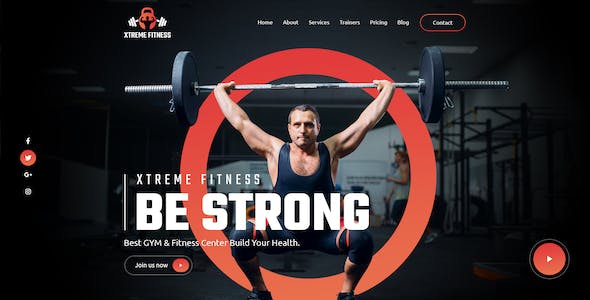

Web Design for Beginners: A Comprehensive Guide
Are you new to web design and feeling overwhelmed by the vastness of the subject? Fear not, my friend! I'm here to guide you through the basics and beyond, in a language as simple as humanly possible. By the end of this comprehensive guide, you'll be well on your way to creating stunning websites that leave a lasting impression on your audience.
Let's start at the very beginning: What is web design, and what's it all about? In simple terms, web design is the process of creating websites by arranging text, images, and other content in an attractive, user-friendly, and functional manner. It's about creating an experience that delights and captivates users, while also serving the purpose of the website.
Before we dive into the nitty-gritty of web design, let's talk about the tools you'll need to get started. There are countless web design tools available, but I'll highlight a few essential ones:
1. Adobe Photoshop: A widely-used image editing software, Photoshop allows you to create and manipulate images for your website.
2. Adobe Illustrator: Another Adobe gem, Illustrator is a vector-based drawing tool that's perfect for creating logos, icons, and other graphics.
3. HTML and CSS: These are the two main coding languages used for creating websites. HTML (Hypertext Markup Language) is responsible for the structure and content of a website, while CSS (Cascading Style Sheets) handles the presentation and layout.
Now that you have the tools, let's discuss the process of web design. The first step is to gather your thoughts and plan your website. This involves:
1. Defining your target audience: Who are you creating the website for? What are their interests, needs, and preferences?
2. Establishing your website's purpose: What do you want your website to achieve? Are you selling products, providing information, or promoting a service?
3. Creating a sitemap: A sitemap is a visual representation of your website's structure. It helps you plan the layout and organization of your content.
Once you have a plan in place, it's time to start designing your website. Here are some key aspects to consider:
1. Layout: How will you arrange your content on the page? There are several layout options to choose from, such as responsive, fixed, or fluid.
2. Typography: The fonts and sizes you choose can greatly impact the overall look and feel of your website. Choose fonts that are easy to read and pair them with appropriate sizes, colors, and styles.
3. Color scheme: Colors can evoke emotions and convey messages. Choose a color scheme that aligns with your brand and resonates with your target audience.
4. Images and graphics: Use high-quality images and graphics to enhance your website's visual appeal and add visual interest. Be sure to optimize your images for the web to ensure fast loading times.
5. Navigation: Make it easy for users to navigate your website by implementing a clear and logical navigation structure.
As you design your website, keep user experience (UX) in mind. Make sure your website is easy to use, intuitive, and accessible to all users, regardless of their device or ability.
Once your website is designed and ready for launch, it's time to think about how to make it visible to your target audience. This involves implementing various marketing strategies, such as search engine optimization (SEO), social media marketing, and content marketing.
In conclusion, web design may seem intimidating at first, but it's a learnable skill with the right guidance and tools. By following this comprehensive guide, you're well on your way to creating beautiful, user-friendly, and functional websites that stand out from the crowd. Happy designing!